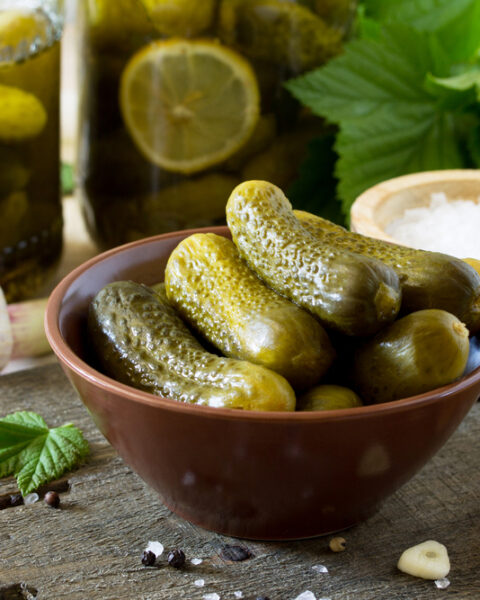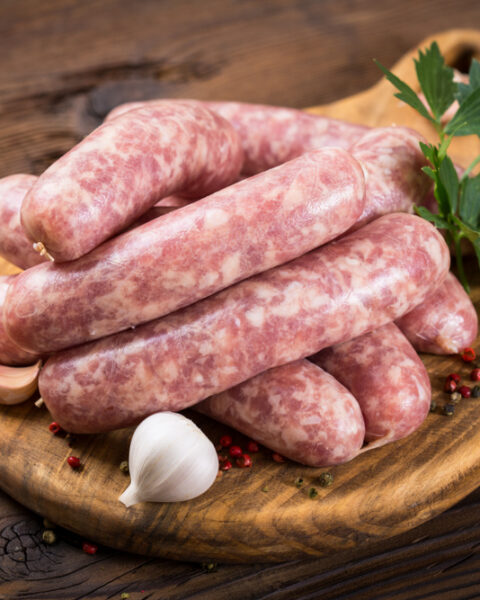Some plants are actually illegal to grow in your backyard. It turns out that various local laws and regulations put restrictions on certain plants, fruits, and vegetables due to their potential impacts on health, safety, and the environment. Whether it’s invasive species, toxic plants, or crops with controversial uses, there are plenty of reasons why these rules exist. Here’s a list of common foods you might be shocked to learn are off-limits for home gardening. Get ready to rethink your backyard garden plans!
Contents
- 1 Bradford Pear Trees
- 2 Hemp
- 3 Absinthe Wormwood
- 4 Bamboo
- 5 Poppies
- 6 Nightshade Vegetables
- 7 Belladonna
- 8 Kudzu
- 9 Magic Mushrooms
- 10 Sassafras
- 11 Castor Beans
- 12 Japanese Barberry
- 13 Water Hyacinth
- 14 Hogweed
- 15 Tansy Ragwort
- 16 Oleander
- 17 Mimosa Tree
- 18 Garlic Mustard
- 19 Hydrilla
- 20 Tree-of-Heaven
- 21 Tropical Soda Apple
- 22 Scotch Broom
- 23 Giant Salvinia
- 24 More From RetailShout
- 25 29 Mouthwatering Desserts from Around the World
- 26 13 Unique Food Customs from Around the World
Bradford Pear Trees
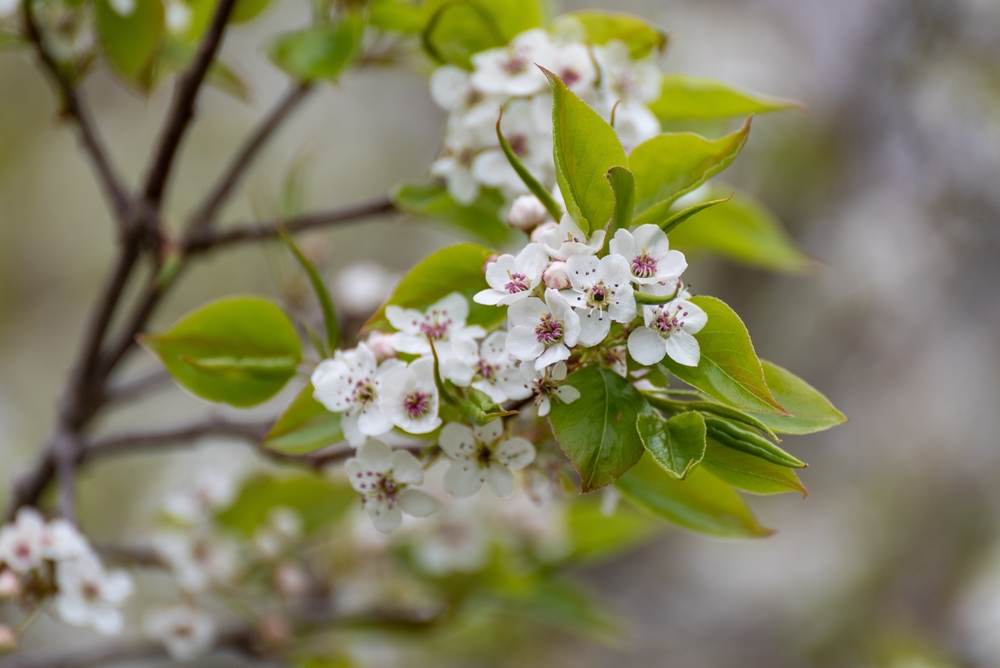
In some regions, Bradford pear trees are banned due to their invasive nature and ability to disrupt local ecosystems. These trees spread rapidly and can outcompete native plants, leading to reduced biodiversity. Additionally, their weak wood structure makes them prone to breaking in storms, causing property damage. Local governments have implemented bans to control their spread and protect native flora. Removal and replacement with native species are often required by law. Environmental impact and maintenance challenges are key reasons behind these restrictions.
Hemp
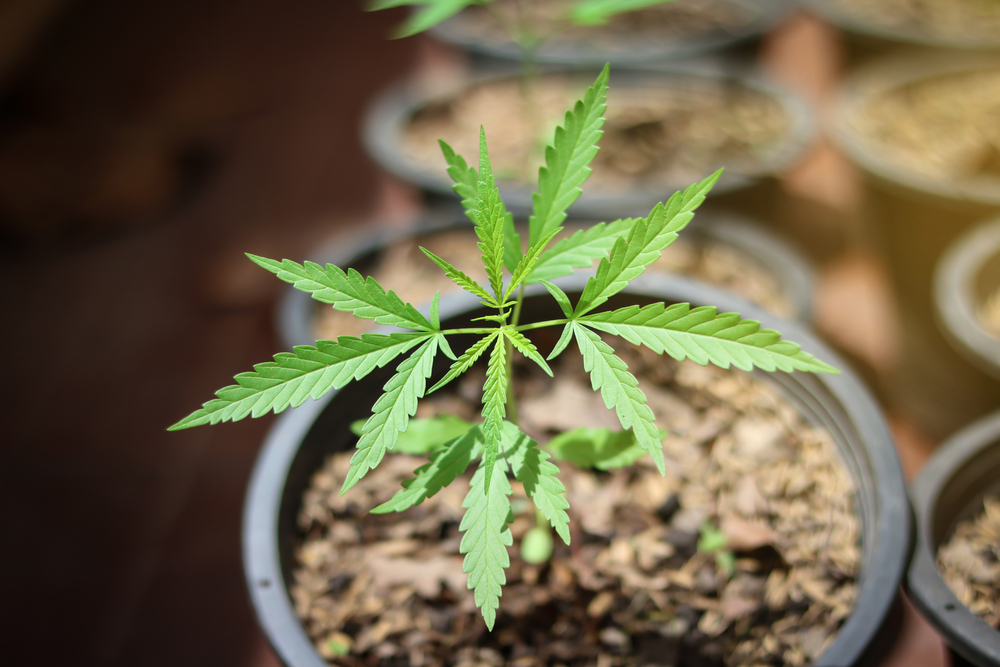
Despite the growing acceptance and legalization of hemp, cultivating it at home remains heavily regulated or illegal in many areas. This is largely due to its close association with cannabis, which is still controlled under federal law in several jurisdictions. Regulations aim to prevent illegal cultivation of cannabis under the guise of hemp farming. Additionally, strict licensing and monitoring are in place to ensure compliance with THC content limits. Violating these regulations can result in significant legal penalties. These measures help distinguish legal hemp from illegal cannabis cultivation.
Absinthe Wormwood
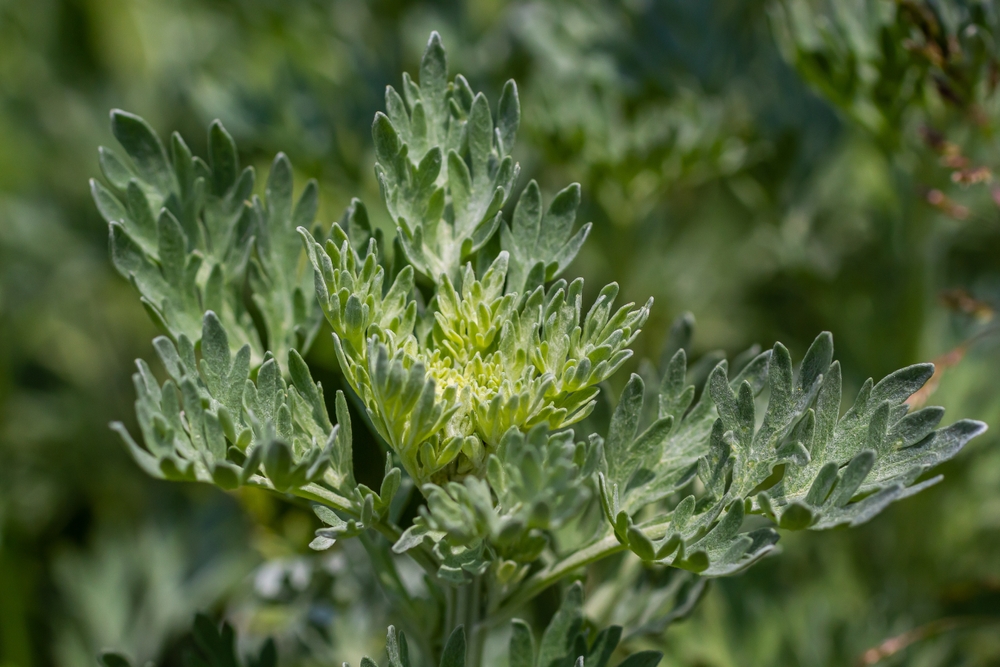
Absinthe wormwood, known for its use in producing absinthe, is controlled in some regions due to its potentially harmful psychoactive properties. The compound thujone, present in the plant, can be toxic and cause serious health issues if consumed in large quantities. Restrictions aim to prevent the unregulated production of absinthe and other thujone-containing products. Legal cultivation often requires specific permits and adherence to safety standards. These measures help mitigate the risks associated with this plant.
Bamboo

Certain types of bamboo are restricted or regulated due to their invasive and hard-to-control nature. Bamboo spreads rapidly through underground rhizomes, which can damage structures and overwhelm other plants. Local governments impose restrictions to prevent property damage and maintain ecosystem balance. Permits may be required for cultivation, and specific containment measures are often mandated. These regulations are designed to protect both private property and public green spaces from invasive bamboo species.
Poppies
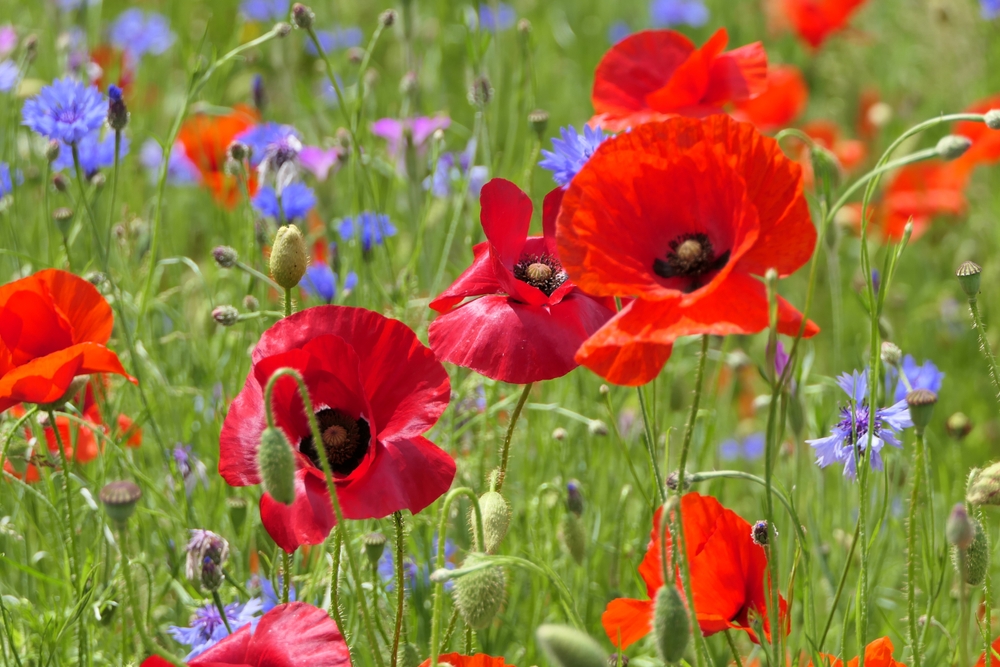
Growing poppies can be illegal because they can be used to produce opium. Law enforcement agencies in some regions actively monitor and destroy poppy plants to prevent illegal drug production. Even ornamental poppies can be targeted if they resemble opium-producing varieties. Regulations aim to control the spread of opium poppies and reduce the potential for illicit drug manufacture. Penalties for violating these laws can be severe, reflecting the seriousness of the issue. Public awareness campaigns often accompany these enforcement efforts.
Nightshade Vegetables
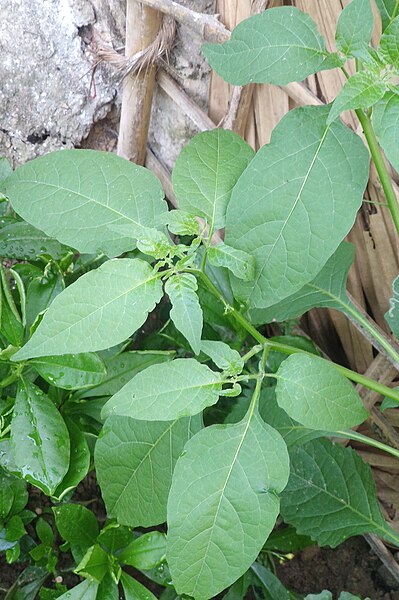
In certain areas, vegetables like tomatoes and eggplants, part of the nightshade family, are discouraged or restricted due to their potential impact on local flora and fauna. These plants can harbor pests and diseases that threaten local agriculture. Restrictions aim to protect native plant species and maintain agricultural health. Compliance with these regulations helps prevent the spread of harmful pathogens. Gardeners may need to follow specific guidelines to cultivate nightshade vegetables safely. Understanding local regulations is crucial for responsible gardening.
Belladonna
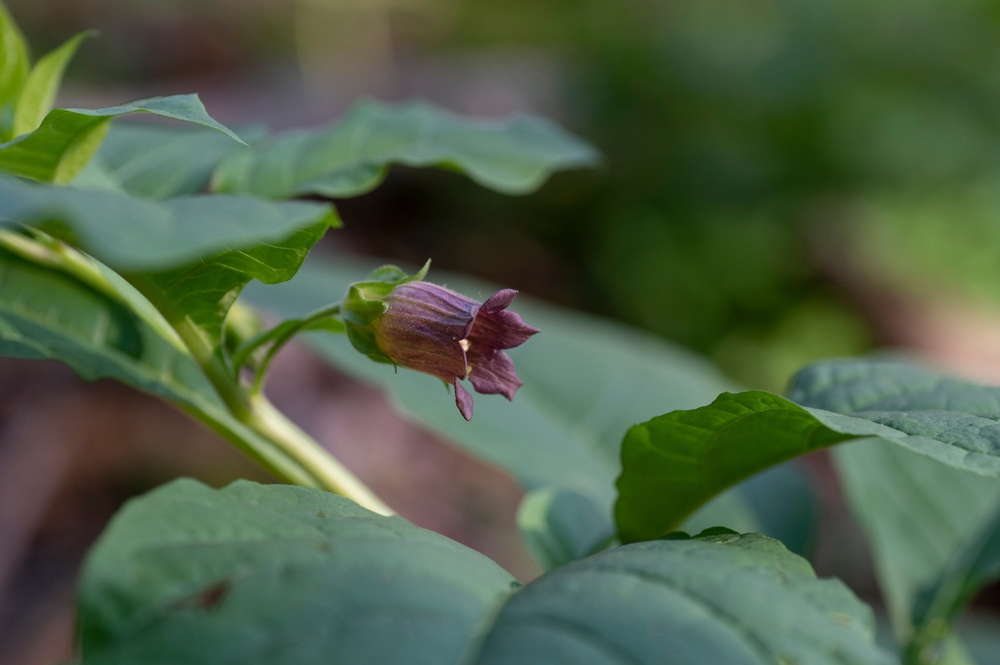
Also known as deadly nightshade, belladonna is highly toxic and illegal to cultivate in some areas. Its berries and foliage contain potent toxins that can cause serious health issues if ingested. Regulations are in place to prevent accidental poisoning of humans and animals. Cultivating belladonna can result in significant legal consequences due to its dangerous nature. Public safety is the primary concern behind these restrictions. Educating the public on the risks associated with this plant is essential for compliance.
Kudzu
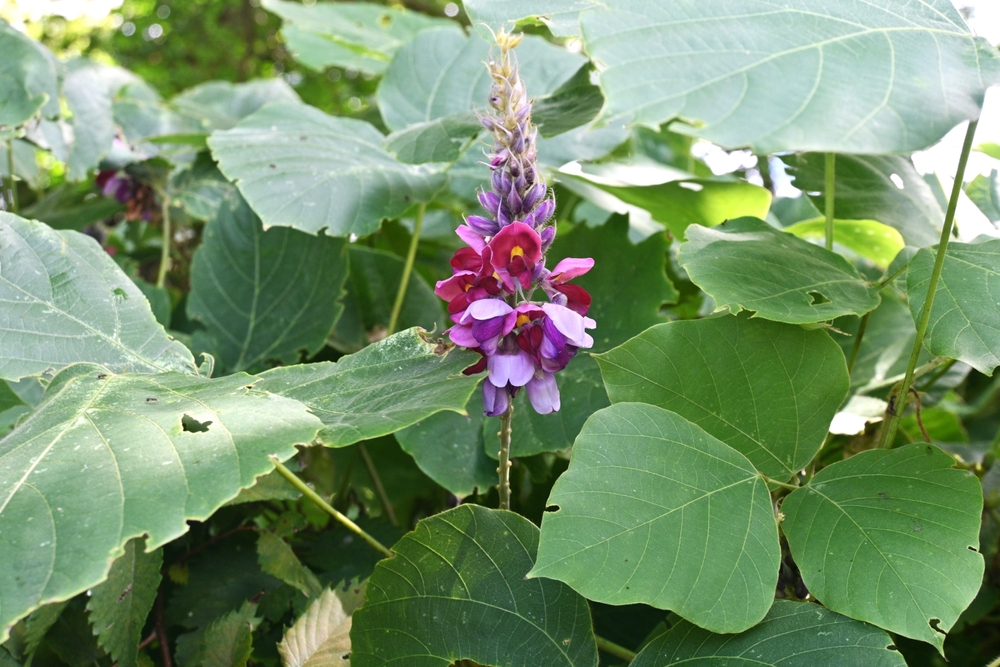
Kudzu, often referred to as “the vine that ate the South,” is illegal to plant in many parts of the United States. This highly invasive species can overgrow and suffocate native plants, causing extensive ecological damage. Its rapid growth also poses risks to infrastructure, as it can envelop buildings and power lines. Regulations aim to control its spread and protect local ecosystems. Violating these bans can result in fines and mandatory removal of the plant. Effective management of kudzu is a priority for environmental conservation.
Magic Mushrooms
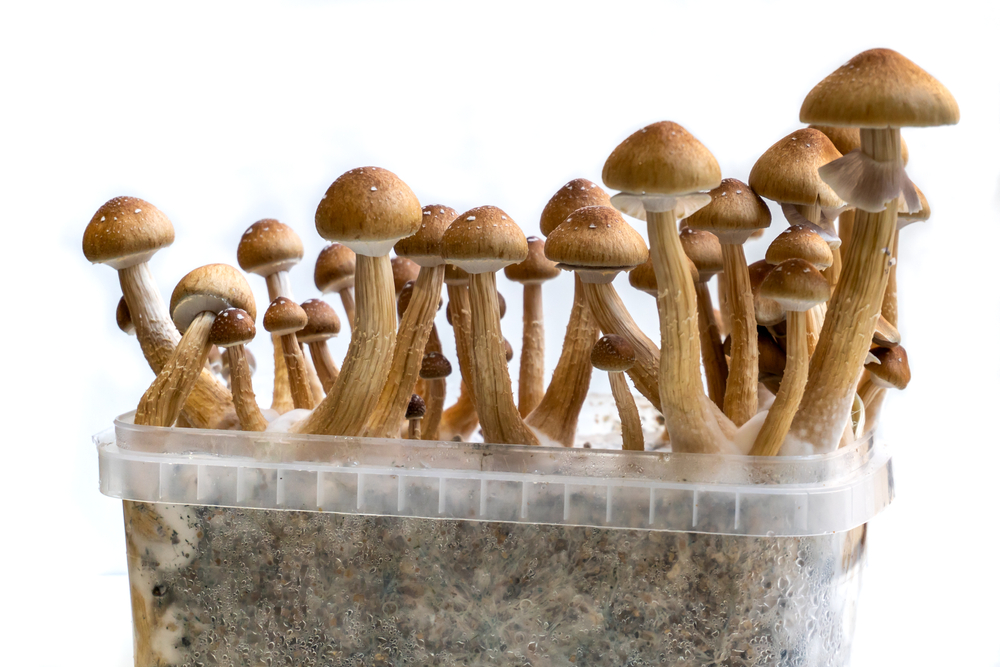
The cultivation of fungi such as psilocybin mushrooms is illegal in many places due to their psychoactive effects. These mushrooms contain compounds that can induce hallucinations and other mental effects, leading to their classification as controlled substances. Legal restrictions are in place to prevent unauthorized production and use. Penalties for growing these mushrooms can include significant fines and imprisonment. Efforts to control their cultivation are part of broader drug enforcement policies. Public health and safety concerns drive these stringent regulations.
Sassafras
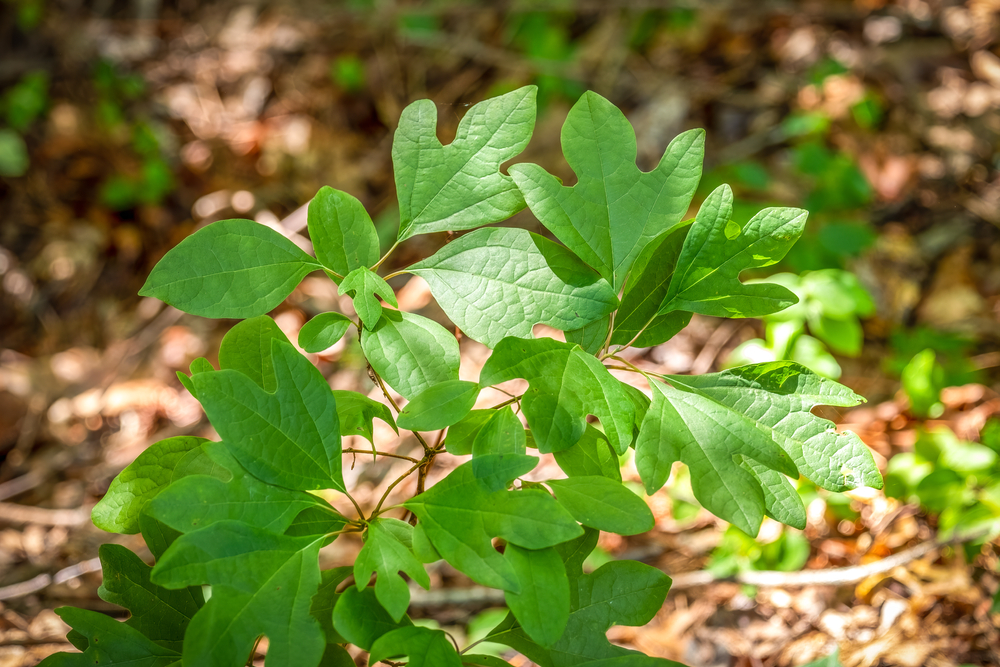
Historically used in cooking and medicine, sassafras is now regulated due to its potential use in synthesizing MDA, a controlled substance. The plant contains safrole, which can be toxic and is a precursor in drug production. Regulations aim to prevent its misuse and control access to this potentially harmful compound. Cultivation often requires specific permits and adherence to safety guidelines. Violating these regulations can result in severe legal penalties. Public safety and drug control are the primary motivations behind these restrictions.
Castor Beans
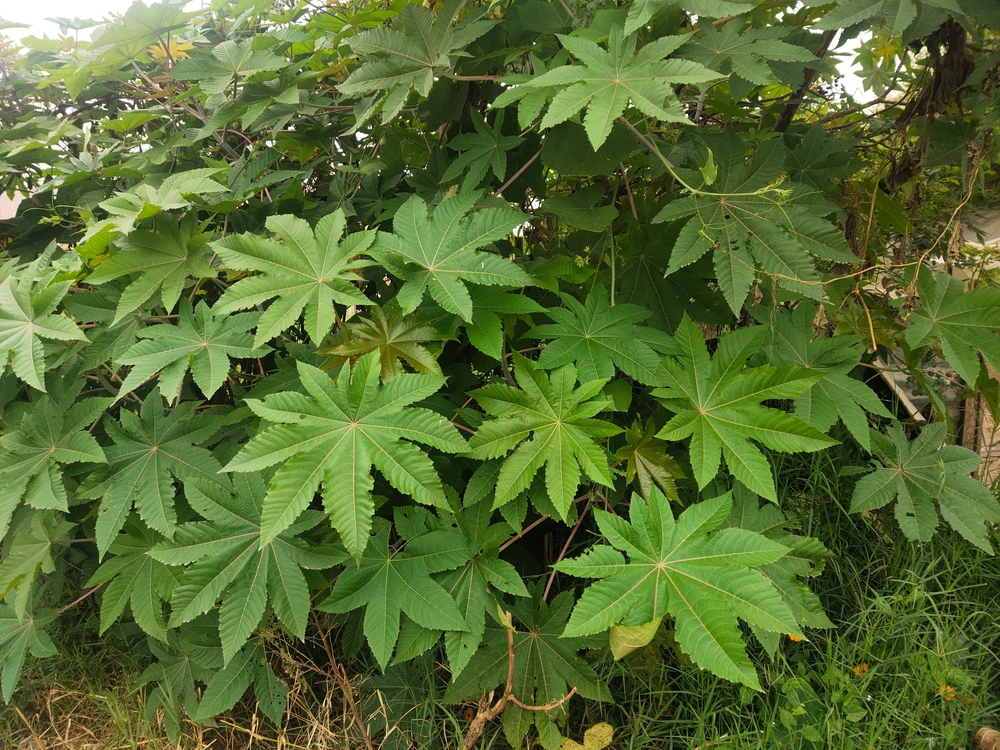
Growing castor beans is often restricted due to the presence of ricin, a highly toxic compound. Ricin can cause severe health issues if ingested or inhaled, making the plant dangerous to have in residential areas. Regulations aim to prevent accidental poisoning and misuse of the plant for harmful purposes. Cultivation typically requires specific permits and strict safety measures. Public safety concerns are the primary reasons for these restrictions. Awareness campaigns help inform the public about the risks associated with castor beans.
Japanese Barberry
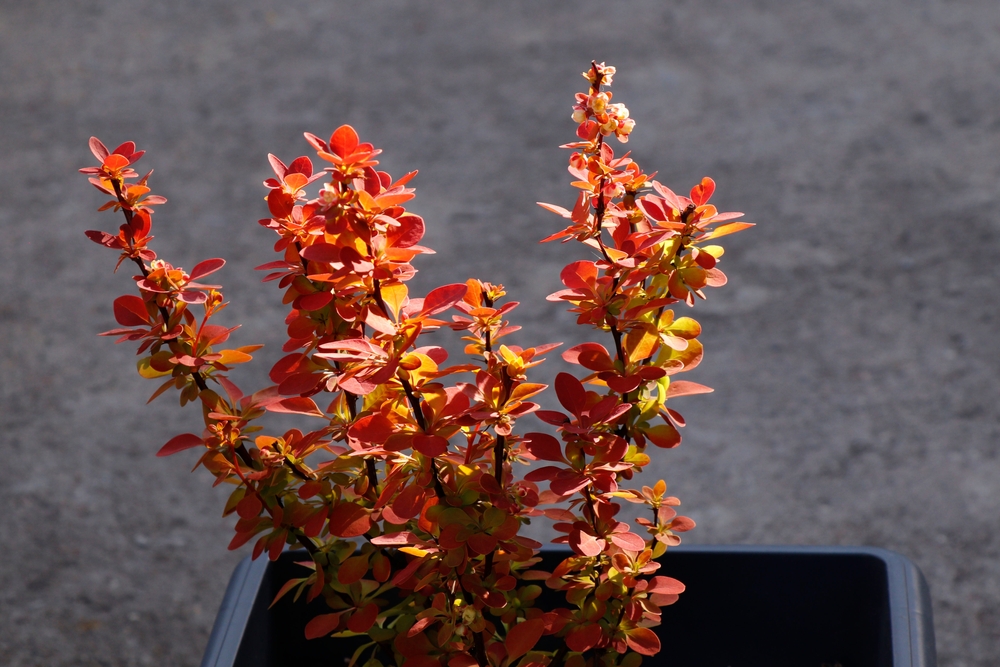
Japanese barberry is banned in several states due to its invasive nature and its role in promoting tick populations. The dense foliage of this shrub provides an ideal habitat for ticks, which can spread diseases like Lyme disease. Regulations aim to control its spread and protect both human health and local ecosystems. Cultivation of this plant can result in fines and mandatory removal. Public health and environmental conservation are the key motivations behind these restrictions. Educating gardeners on alternative species is part of these efforts.
Water Hyacinth
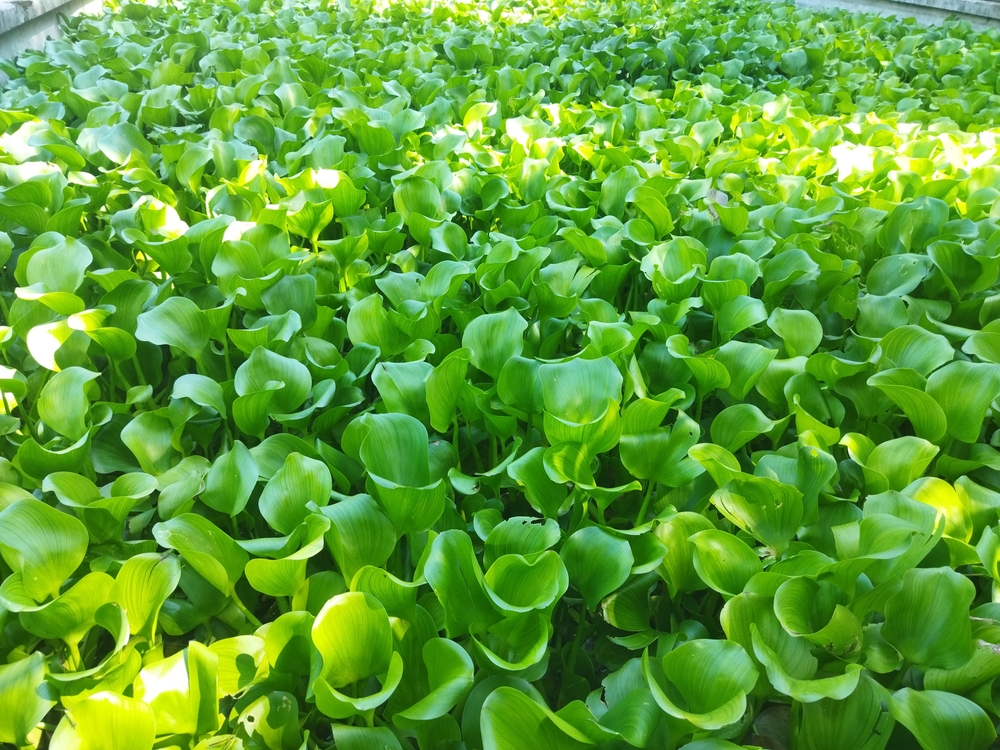
Water hyacinth is illegal to grow in many regions due to its aggressive growth and impact on aquatic ecosystems. This floating plant can rapidly cover water surfaces, blocking sunlight and depleting oxygen levels. Regulations aim to prevent the spread of this invasive species and protect water quality. Violating these bans can result in fines and mandatory removal. Effective management of water hyacinth is crucial for maintaining healthy aquatic environments. Public awareness campaigns often accompany these regulatory measures.
Hogweed
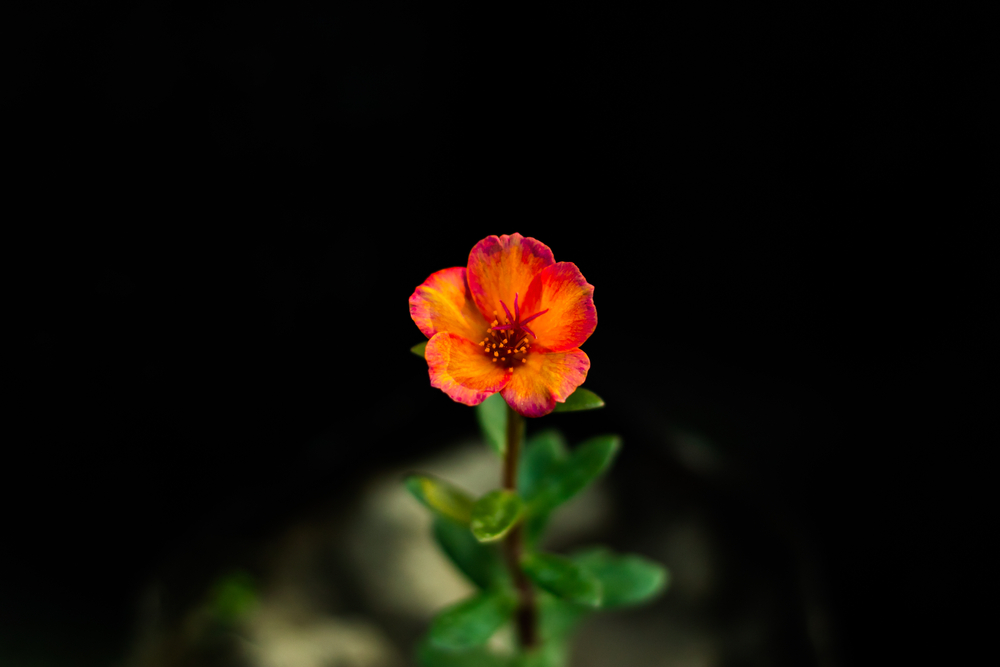
Hogweed is restricted due to its toxic sap, which can cause severe skin burns and blindness. This invasive plant poses significant health risks to humans and animals. Regulations are in place to prevent its spread and ensure public safety. Cultivation can result in significant legal penalties, including fines and mandatory eradication. Public health and safety concerns drive these stringent measures. Educating the public on identifying and avoiding hogweed is essential for compliance.
Tansy Ragwort
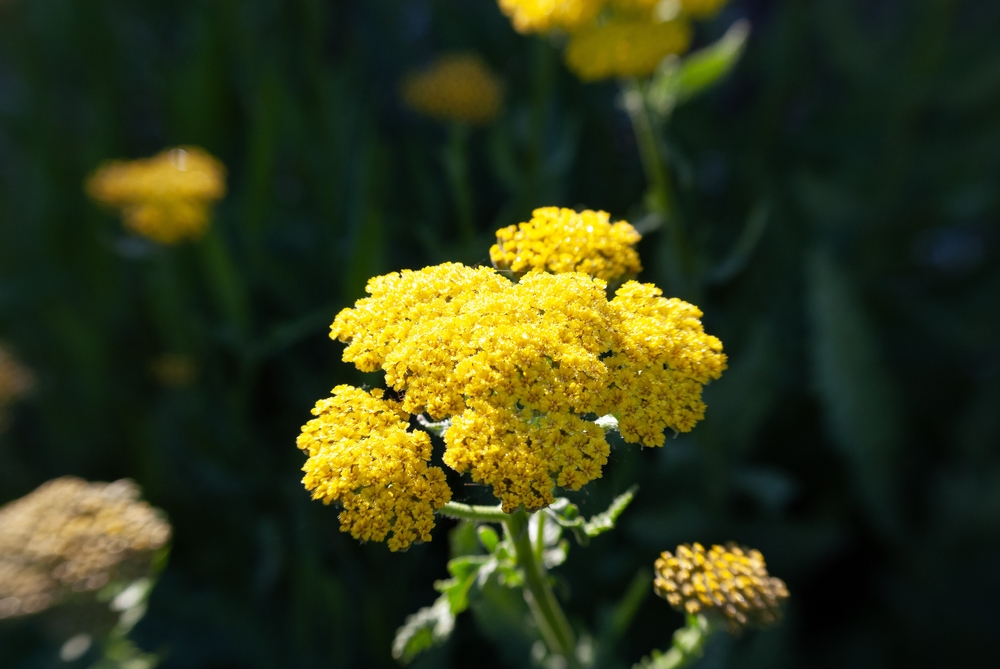
Tansy ragwort is banned in many areas due to its toxic properties and impact on livestock. This invasive weed can contaminate pastures, leading to poisoning in animals that consume it. Regulations aim to control its spread and protect agricultural health. Cultivation and distribution are strictly regulated, with significant penalties for violations. Public health and agricultural productivity are the primary concerns behind these bans. Awareness campaigns help inform farmers and gardeners about the risks associated with tansy ragwort.
Oleander

Oleander is highly toxic and illegal to grow in some regions due to the danger it poses to humans and animals. All parts of the plant contain toxic compounds that can cause severe health issues if ingested. Regulations aim to prevent accidental poisoning and ensure public safety. Cultivation often requires specific permits and adherence to safety guidelines. Violating these regulations can result in severe legal penalties. Public awareness and education are crucial components of these regulatory efforts.
Mimosa Tree
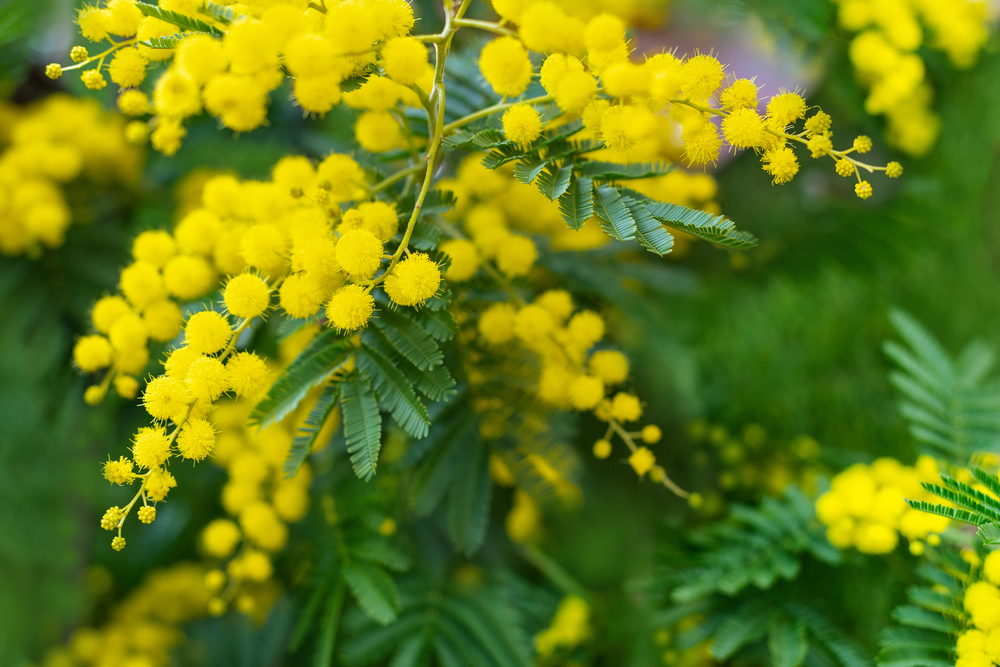
The mimosa tree is restricted in several states due to its invasive nature and impact on local ecosystems. This tree spreads rapidly and can outcompete native species, reducing biodiversity. Regulations aim to control its spread and protect native flora. Cultivation can result in fines and mandatory removal. Environmental conservation and ecosystem health are the primary motivations behind these restrictions. Educating the public on alternative species is part of these efforts.
Garlic Mustard
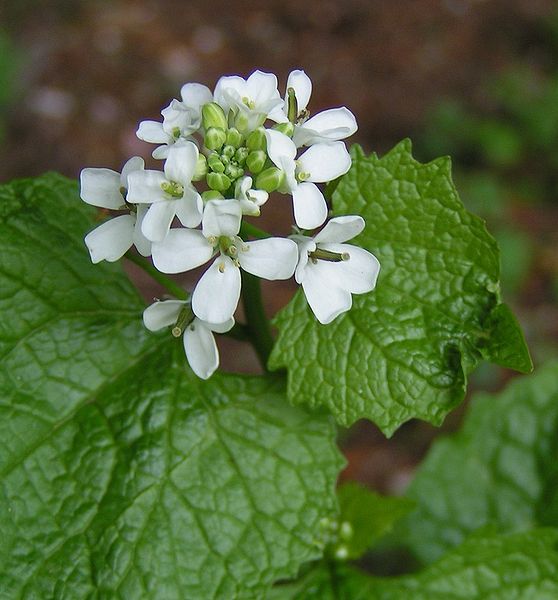
Garlic mustard is banned in many regions due to its invasive nature and ability to disrupt local ecosystems. This plant can outcompete native species and alter soil composition. Regulations aim to control its spread and protect biodiversity. Violating these bans can result in fines and mandatory removal. Effective management of garlic mustard is crucial for maintaining healthy ecosystems. Public awareness campaigns often accompany these regulatory measures.
Hydrilla
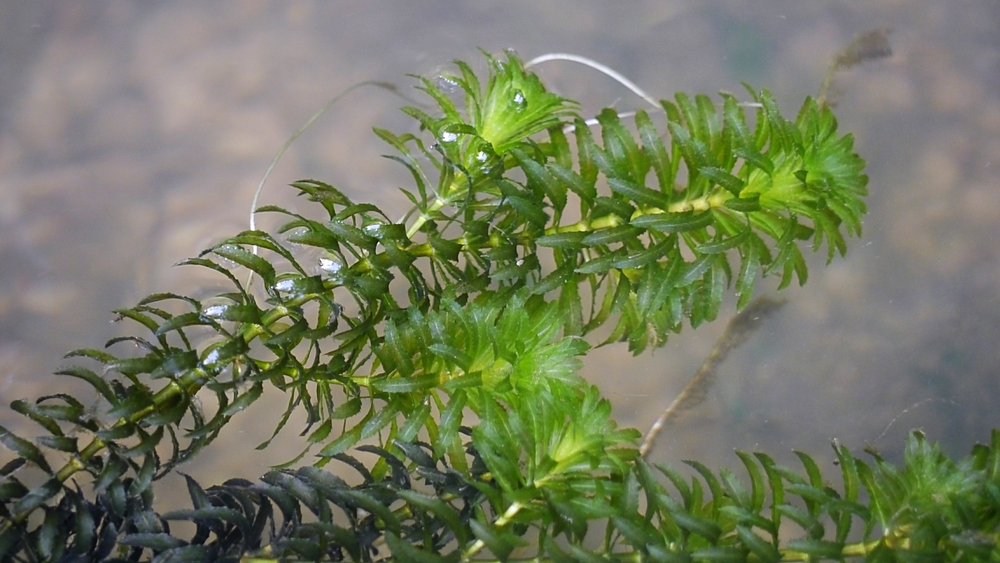
Hydrilla is illegal to grow in many areas due to its aggressive growth and impact on aquatic ecosystems. This submerged plant can rapidly spread, blocking waterways and altering habitats. Regulations aim to prevent the spread of this invasive species and protect water quality. Violating these bans can result in fines and mandatory removal. Effective management of hydrilla is crucial for maintaining healthy aquatic environments. Public awareness campaigns often accompany these regulatory measures.
Tree-of-Heaven
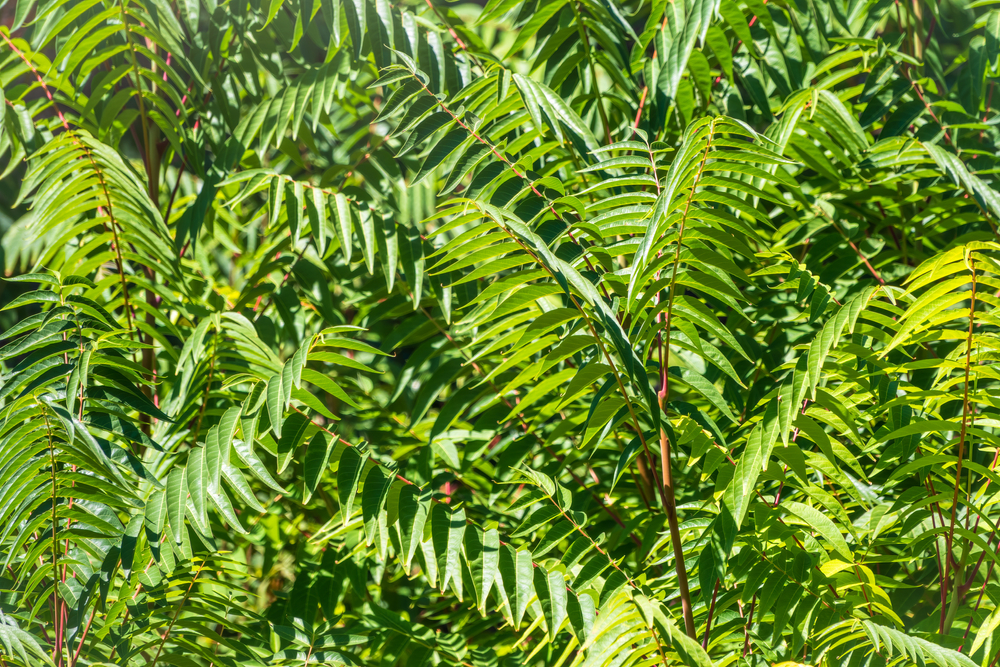
The tree-of-heaven is restricted in several states due to its invasive nature and impact on local ecosystems. This tree spreads rapidly and can outcompete native species, reducing biodiversity. Regulations aim to control its spread and protect native flora. Cultivation can result in fines and mandatory removal. Environmental conservation and ecosystem health are the primary motivations behind these restrictions. Educating the public on alternative species is part of these efforts.
Tropical Soda Apple
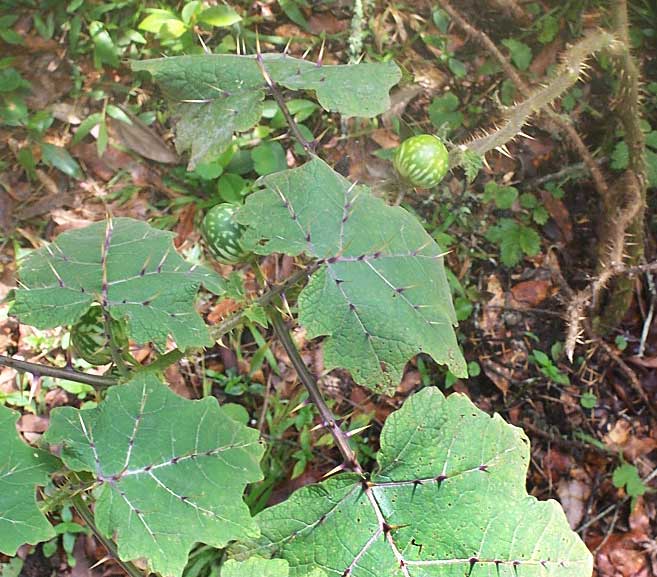
Tropical soda apple is banned in many regions due to its invasive nature and impact on agriculture. This plant can contaminate pastures and crop fields, reducing productivity. Regulations aim to control its spread and protect agricultural health. Cultivation and distribution are strictly regulated, with significant penalties for violations. Agricultural productivity and ecosystem health are the primary concerns behind these bans. Awareness campaigns help inform farmers and gardeners about the risks associated with tropical soda apple.
Scotch Broom
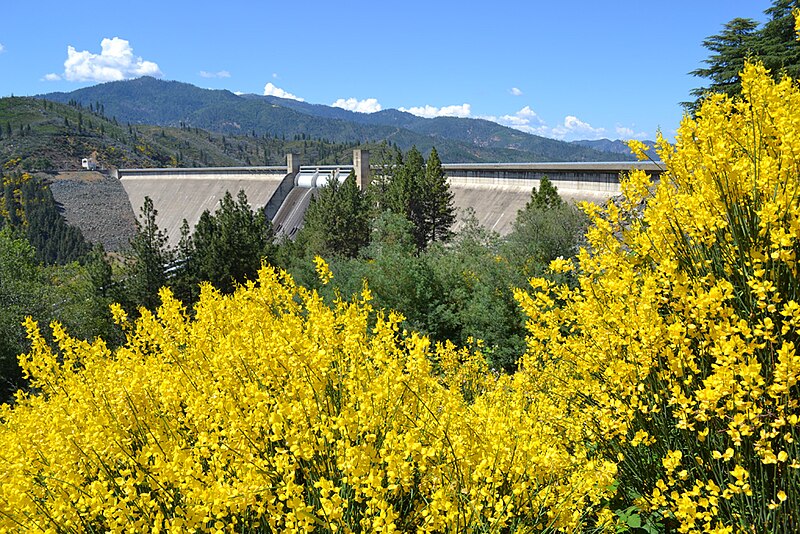
Scotch broom is restricted in many areas due to its invasive nature and impact on local ecosystems. This shrub can outcompete native species and alter habitats. Regulations aim to control its spread and protect biodiversity. Cultivation can result in fines and mandatory removal. Environmental conservation and ecosystem health are the primary motivations behind these restrictions. Educating the public on alternative species is part of these efforts.
Giant Salvinia
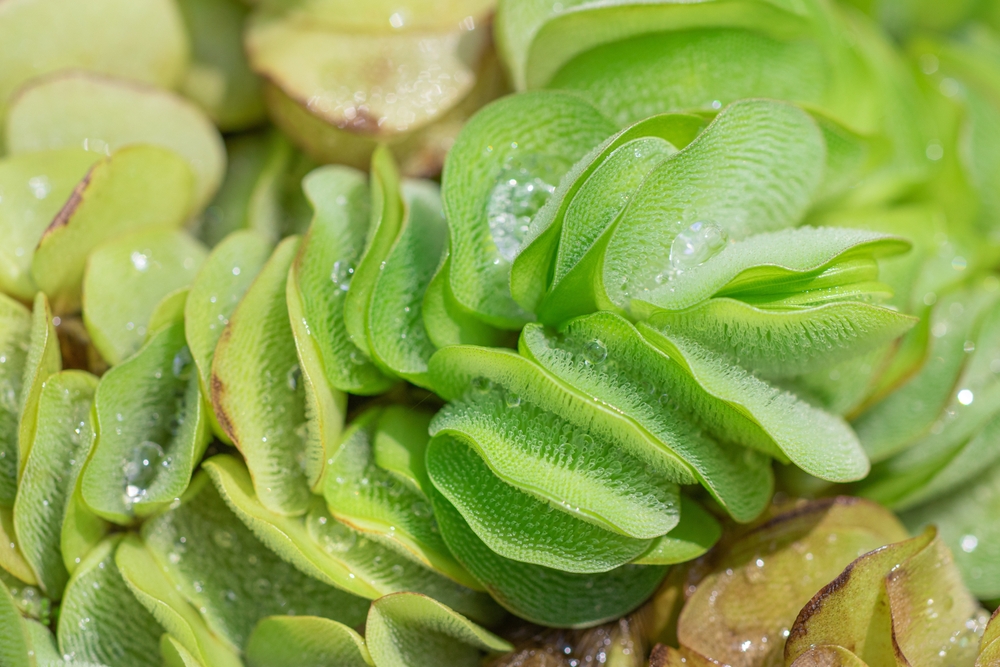
Giant salvinia is illegal to grow in many regions due to its aggressive growth and impact on aquatic ecosystems. This floating fern can rapidly cover water surfaces, blocking sunlight and depleting oxygen levels. Regulations aim to prevent the spread of this invasive species and protect water quality. Violating these bans can result in fines and mandatory removal. Effective management of giant salvinia is crucial for maintaining healthy aquatic environments. Public awareness campaigns often accompany these regulatory measures.
This article originally appeared on RetailShout
More From RetailShout
11 Pizzas Worth Stocking in Your Freezer

If you’re a pizza lover like me, then you know the joy of finding a perfect frozen pizza. Whether you’re craving a quick meal or just want to have a backup in the freezer, frozen pizzas have come a long way in terms of taste and quality. Read More.
29 Mouthwatering Desserts from Around the World

If you love sweets and enjoy trying new flavors from around the world, you’re in for a treat. Desserts are a fantastic way to explore different cultures and their unique culinary traditions. There’s nothing quite like exploring the world through its desserts. Read More.
13 Unique Food Customs from Around the World

You won’t believe some of the unique food customs and traditions from around the world. Different cultures have fascinating ways of handling mealtime, and they can seem pretty unusual if you’re not familiar with them. Read More.

